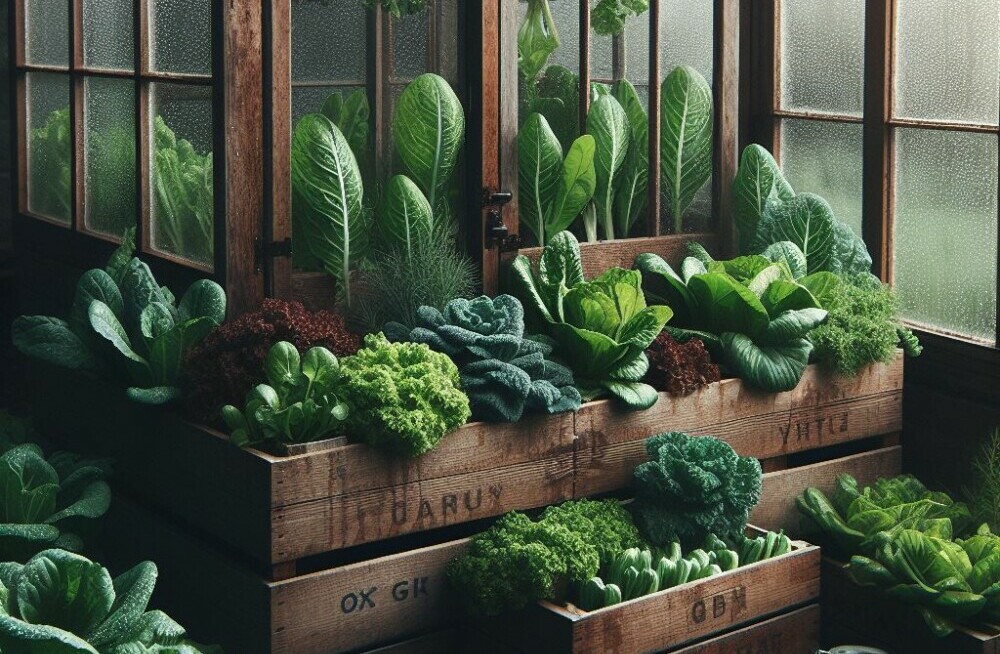
Gidday Mitch here. If you’re eager to start a vegetable garden, you might have considered elevating your efforts–literally. A raised vegetable garden is a superb choice for growers of all levels for several reasons. Essentially, these are garden beds that are built above the natural terrain of your yard, filled with rich soil and compost, and contained within a frame. Think of them as large planting boxes.
Why opt for a raised garden instead of planting directly in the ground? The answers are compelling. Raised beds offer better drainage, soil quality control, and ease of access, making them ideal for yards with poor soil or for gardeners with mobility issues. They can also reduce weed pressure and help deter some pests from feasting on your produce.
In this guide, from roots to shoots I’ll share my expertise on how to make a raised vegetable garden from scratch. We’ll start with planning–a crucial step to ensure everything goes smoothly–and move on to construction, soil preparation, and planting. So, grab your gardening gloves, and let’s start plotting out your garden’s foundation.
Planning Your Raised Vegetable Garden
Getting your hands dirty with a new gardening project can be an exciting prospect. Before you pick up a shovel, though, a solid plan will set the foundation for a flourishing raised vegetable garden. The right planning not only makes the building process smoother but also ensures that your vegetables get the best possible start.
First up is assessing your available space. You need a spot that gets enough sunlight since most vegetables are sun-loving plants. A minimum of six hours of sunshine per day is ideal. Take note of the path of the sun across your yard and remember, patterns may change with the seasons.
Next, pinpoint the location. Your garden should be easily accessible but also out of harm’s way where foot traffic or pets won’t disturb it. Keep in mind the proximity to your water source; lugging a heavy watering can across the entire yard isn’t practical.
Size and design follow. How much do you plan to grow? Tailor the size of your raised bed to match your ambitions, but remember that bigger is not always better. A common size is 4 feet by 8 feet, which allows for easy reach to the center from all sides.
Finally, the selection of materials is crucial. Untreated wood like cedar is a common choice for its durability and resistance to rot. Avoid treated lumber that may leach harmful chemicals into the soil. Metal and stone are also viable, though more expensive, options.
Constructing the Raised Garden Beds
Building your raised vegetable garden beds might feel like a bit of a project, but I assure you, it’s a satisfying one. Even with minimal DIY skills, you can create a functional and sturdy bed that will last for seasons to come.
You’ll want to gather your tools and materials first. At a minimum, you’ll need boards for the sides – untreated cedar is a good choice for its rot resistance and safety for food crops – screws or nails, a drill or hammer, and a saw if you’re cutting your own wood. For added protection against pests, consider a wire mesh for the bottom.
The construction process is straightforward. Measure and cut your boards to size, then fasten them together to form a rectangular frame. If you’re adding mesh, lay it across the bottom before filling your bed with soil, securing it with a staple gun. Always ensure the corners are square for a snug fit and added stability.
Remember, the height of the beds can vary. Typically, a height of 12 inches allows for a good depth of soil for most vegetable roots, but you can go higher if bending over is a concern. Also, if you’re planning multiple beds, ensure paths between them are wide enough for easy access.
Once you have your beds constructed, it’s crucial to focus on what goes inside them. Soil isn’t just dirt; it’s the life source for your vegetables.
Soil and Composting Fundamentals
The success of your raised vegetable garden heavily lies in the soil you provide. It’s the life source for your plants, delivering nutrients and a medium to grow. I’ll guide you through crafting the ideal soil blend and maintaining a functional compost system within your garden.
Quality soil ensures your vegetables get the nourishment they need. For raised beds, a mix of topsoil, compost, and well-rotted manure or leaf mold is a good start. The aim is to create a nutrient-rich, well-draining, and loose structure that allows roots to expand easily.
When you’re creating this mix, consider a ratio of roughly 60% topsoil, 30% compost, and 10% other organic materials. It’s essential to mix these components thoroughly for an even distribution of nutrients.
Compost acts as a powerhouse for your garden. It adds essential nutrients back into the soil, improves texture, and helps retain moisture. If you’re new to composting, begin with kitchen scraps like fruit and vegetable peels, coffee grounds, and eggshells, and avoid meats or dairy. Combine these with yard waste, such as leaves and grass clippings, ensuring a balance of ‘green’ nitrogen-rich and ‘brown’ carbon-rich materials.
Turn the compost pile every few weeks to aerate it, speeding the breakdown process and preventing odor. Once the compost turns into dark, crumbly matter with an earthy smell, it’s ready to nourish your garden.
With your soil blend prepared and your compost continually enriching it, you’ve laid a solid foundation for robust plant growth. In the next section, I’ll transition into how you can take these foundations and turn them into thriving vegetable plants, discussing selection, planting techniques, and the essentials of ongoing maintenance.
Planting and Maintaining Your Vegetables
The final step in making a raised vegetable garden flourish is no less important than the construction or the soil preparation. Choosing the right vegetables that are suitable for raised bed gardening is the first part of the equation. Factors to consider include the plant’s root depth, its height, and how much sun and space it needs to thrive.
When it comes to planting, it’s not just about putting seeds into the soil. There are techniques to maximize your garden’s yield, such as spacing plants correctly and using companion planting methods, which can also help deter pests naturally.
Regular maintenance is the key to a bountiful raised garden. This includes a consistent watering schedule, vigilant weeding, and a watchful eye for pest invasions. Don’t forget to equip yourself with organic solutions to common problems, as these are better for your health and the environment.
Lastly, your garden needs care through the seasons. Adapting to the changing weather, rotating crops to prevent soil depletion, and incorporating cover crops in the off-season can all contribute significantly to the longevity and productivity of your raised garden beds.
Hope you enjoyed this article on how to make a raised garden. Leave us a comment with any questions im happy to help.
Happy gardening
Mitch
Follow to stay up to date with new posts!

Our website contains affiliate links. This means if you click and make a purchase, we may receive a small commission. Don’t worry, there’s no extra cost to you. It’s a simple way you can support our mission to bring you quality Gardening Tips.
Last Updated on January 29, 2025 by Mitch

